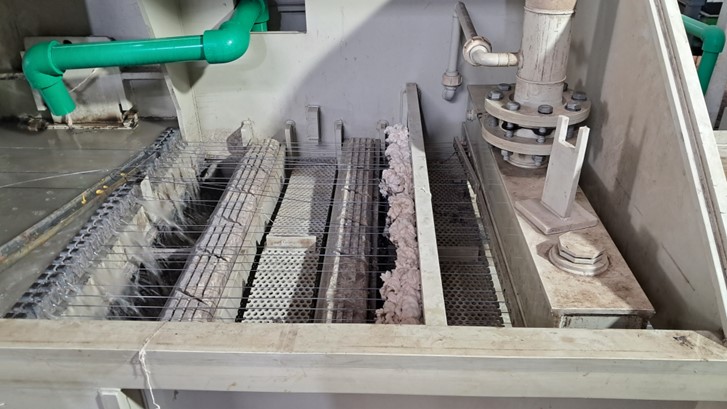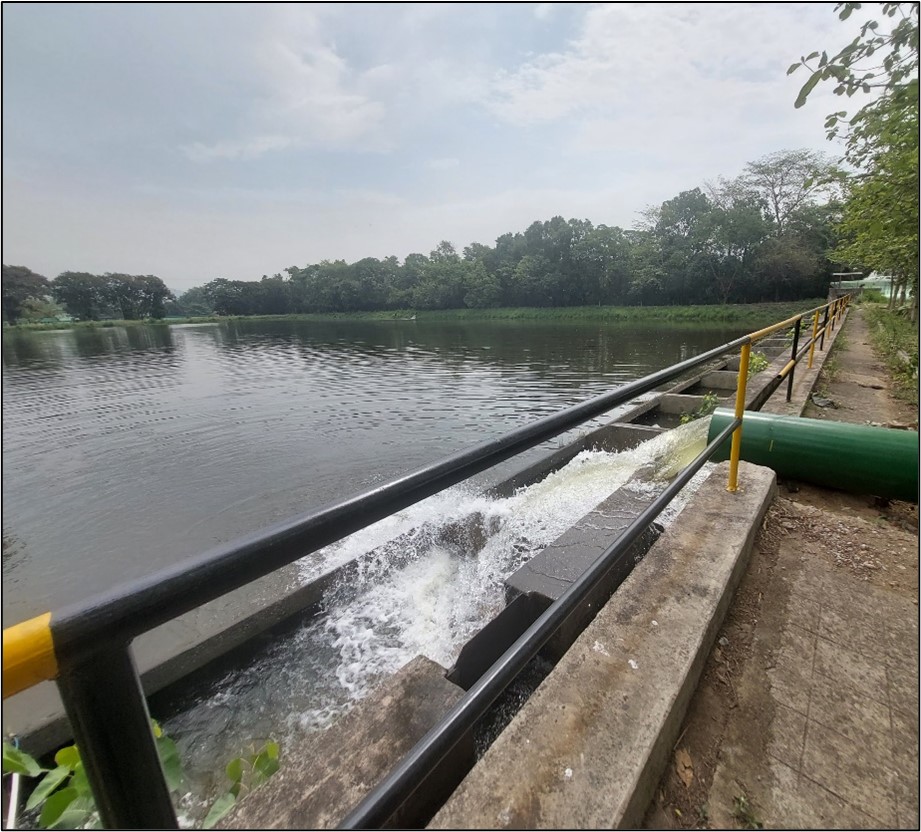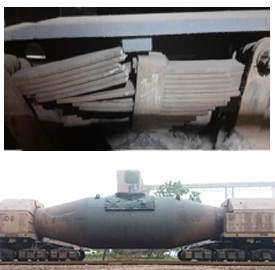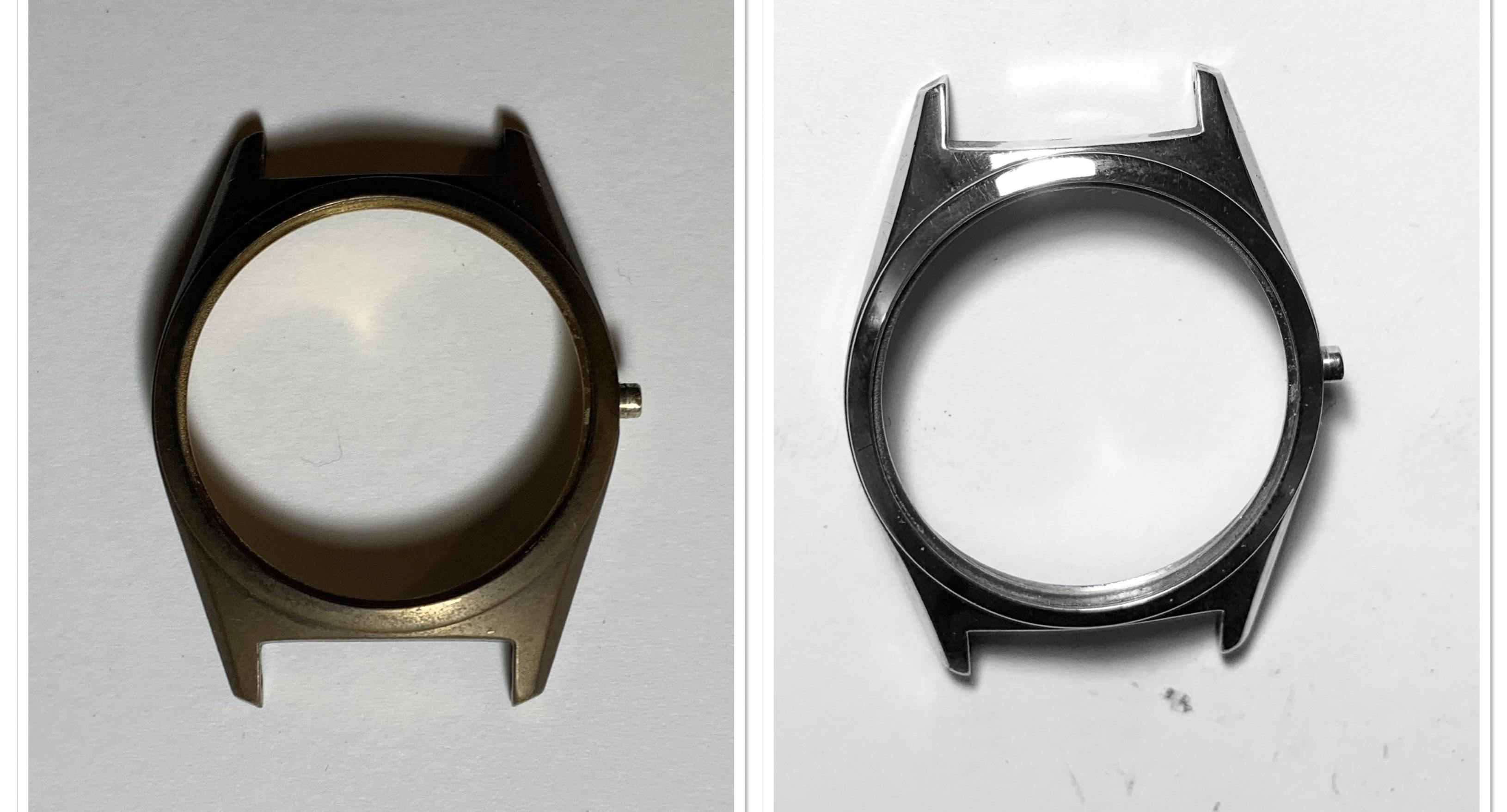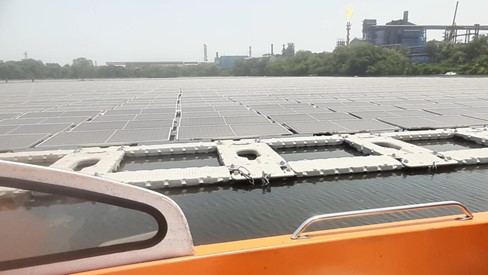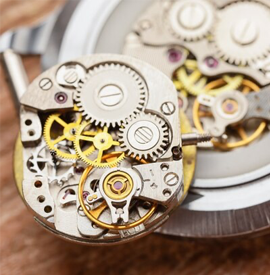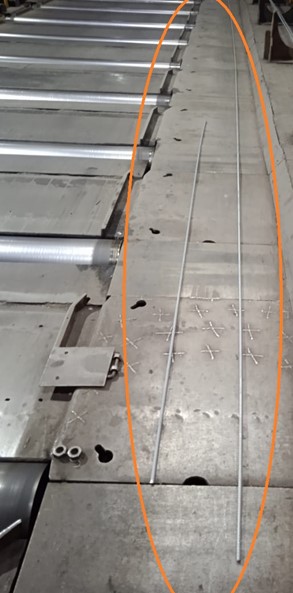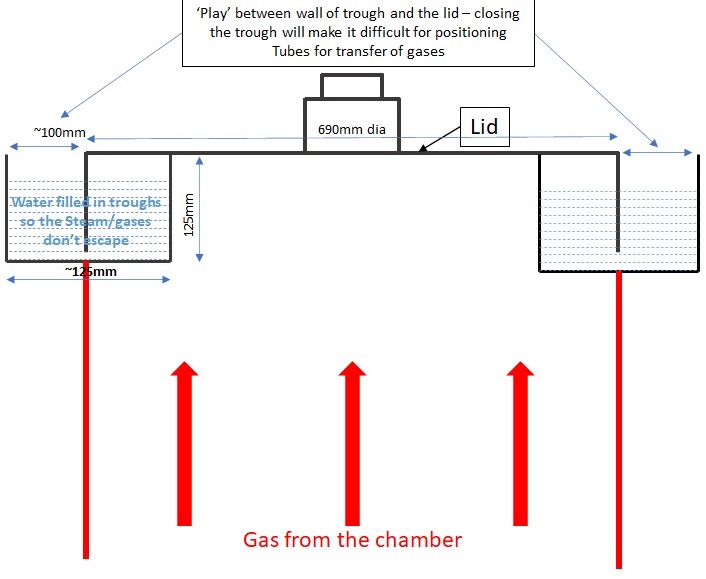Challenges
Efficient wiping technology to prevent chemical carry over by wires running at higher speed
Short Description:
We are looking for an effective wiping technique that can reduce the acid/chemical carryover by at least 50% from the surface of moving steel wire.
Challenge Details
In continuous wire processing lines like Galvanizing, Patenting, etc., wires pass through various chemical baths such as hydrochloric acid to remove iron oxide from the wire surface. The wires then pass through a water rinse bath to remove the acid that is carried by the wires. Various wiping methods (wiping stones, air knife blowers, and water/cloth curtains) are used between acid and water rinse baths (refer to Figures 1 and 2). This is expected to reduce the carryover of chemicals/acid by wires in the rinse water bath. The wiping methods used are inefficient as they do not remove the chemical/acid from the wire surface completely, thereby contaminating the water rinse bath. The current wiping system predominantly wipes only one side of the wire (mostly the bottom).
The rinse water, contaminated with carryover chemical/acid, is collected as effluent and treated at Effluent Treatment Plant. Higher acid/chemical carryover results in higher consumption of fresh water, and lime and increases red sludge generation. An additional contact type wiper was tried earlier but it was effective only for a few days. Availability of space is also a constraint on the shop floor.
We are looking for an effective wiping technique that can reduce the acid/chemical carryover by 50%, at a minimum. Existing wiping methods can also be modified to improve wiping efficiency.


